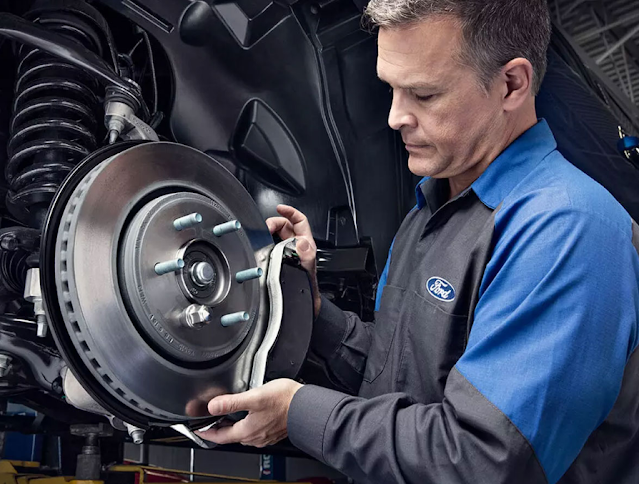Navigating the Airport | The Essential Role of Airport Cabs
Air travel, with its complex web of logistics, requires seamless coordination to ensure that passengers reach their destinations safely and on time. One of the critical elements in this journey is the airport cab, a ubiquitous presence that offers travelers a convenient, reliable, and often stress-free means of ground transportation. As the first and last point of contact for many passengers, airport cabs play an essential role in the travel ecosystem.
The Evolution of Airport Cabs
The concept of Airport Cabs has evolved significantly over the decades. In the early days of commercial aviation, travelers relied on trains and buses to reach airports, which were often located far from city centers. As air travel became more popular, the demand for more personalized and direct forms of transportation increased. Enter the airport cab: a service that catered to the need for door-to-door convenience.
The introduction of airport cabs marked a pivotal shift in how travelers perceived ground transportation. No longer confined to rigid schedules or predetermined routes, passengers could now enjoy the flexibility of direct service, choosing their own departure times and destinations. This level of convenience has only grown with the advent of technology and innovation in the transportation sector.
The Convenience Factor
One of the main advantages of airport cabs is their unparalleled convenience. Unlike public transportation options such as buses or trains, cabs provide door-to-door service, which is particularly beneficial for travelers with heavy luggage or those traveling in unfamiliar cities. Airport cabs operate 24/7, accommodating early morning flights and late-night arrivals alike.
Moreover, cabs offer a personalized experience that public transportation cannot match. Passengers can enjoy a quiet ride, engage in conversation with the driver, or catch up on work without the distractions often found in shared transit options. This level of comfort is a significant draw for business travelers and families alike.
Technology and Innovation
The rise of ride-sharing services like Uber and Lyft has transformed the landscape of airport transportation. These platforms leverage technology to connect passengers with drivers through mobile apps, offering a level of convenience that traditional cabs have had to adapt to. Today, many airport cab services have embraced similar technology, allowing passengers to book rides in advance, track their cab’s arrival in real time, and make cashless payments.
The integration of technology into airport cab services has enhanced the passenger experience, offering greater transparency and reliability. With features such as GPS tracking and driver ratings, travelers can feel more secure and informed about their journey.
Environmental Considerations
As concerns about climate change and environmental sustainability grow, the transportation industry is under pressure to reduce its carbon footprint. Airport cab services are responding by integrating more fuel-efficient vehicles into their fleets. Many companies are investing in hybrid or electric vehicles to offer eco-friendly transportation options.
This shift towards sustainable practices not only helps reduce emissions but also appeals to environmentally conscious travelers who are looking to minimize their impact. As more cities and airports prioritize green initiatives, the demand for environmentally friendly cab services is expected to rise.
Challenges and Opportunities
Despite their convenience, airport cabs face several challenges. Traffic congestion in major cities can lead to delays, while unpredictable factors such as weather or road closures can impact travel times. Additionally, competition from ride-sharing services continues to pose a threat to traditional cab companies, forcing them to innovate and improve their services continually.
However, these challenges also present opportunities for growth and adaptation. By focusing on customer service, incorporating technology, and offering competitive pricing, airport cab services can differentiate themselves and remain a vital part of the transportation ecosystem.
The Future of Airport Cabs
Looking ahead, the future of Airport Cab is likely to be shaped by ongoing technological advancements and shifts in consumer preferences. Autonomous vehicles, once a futuristic concept, are becoming a reality and could revolutionize airport transportation. Driverless cabs have the potential to reduce labor costs, improve efficiency, and provide an even more seamless travel experience.
Moreover, as cities continue to expand and airports evolve to accommodate increasing passenger numbers, the demand for efficient and reliable ground transportation will grow. Airport cabs, with their adaptability and focus on customer satisfaction, are well-positioned to meet this demand and continue playing an essential role in the travel experience.
Conclusion
Airport cabs are more than just a mode of transportation; they are a crucial component of the travel journey, bridging the gap between the airport and final destination. By prioritizing convenience, embracing technology, and committing to sustainability, airport cab services are poised to navigate the challenges of the modern travel landscape and continue serving passengers worldwide. Whether through traditional taxis or innovative ride-sharing platforms, the airport cab remains an indispensable part of air travel, ensuring that passengers can move smoothly and efficiently on their journeys.




Comments
Post a Comment